What is special about new energy vehicles? New energy vehicles are reconstructing the underlying logic of the automobile industry with revolutionary technology. Its “speciality” is not only reflected in the transformation of power forms, but also penetrates into the deep dimensions of energy systems, intelligent interactions and ecological responsibility.
1. The paradigm revolution of power architecture
The “heart” of traditional fuel vehicles is replaced by a three-electric system: the battery pack replaces the fuel tank, the motor replaces the internal combustion engine, and the electronic control unit becomes the nerve center. Taking BYD blade battery as an example, its energy density is 50% higher than that of traditional square batteries, and combined with heat pump and air conditioning technology, the battery life reduction in winter is reduced by 40%. This architectural transformation brings three major qualitative changes: zero-emission driving, silent cockpit experience, and energy conversion efficiency exceeding 40% (only 12-30% for fuel vehicles).
2. Intelligent evolution of energy networks
New energy vehicles are becoming “mobile energy storage terminals”. Some models (such as Tesla Model S) support V2G technology, which can feed the vehicle’s electricity back to the power grid; the NIO battery swap system realizes “vehicle-electrical separation”, and battery replacement is completed in 3 minutes. What is more worthy of attention is the transformation of the energy structure: Qinghai Photovoltaic Park has piloted the “optical-storage-charge” integrated charging station, and the vehicles driven by users may be carrying clean electricity from the Qinghai-Tibet Plateau.
3. Sensory revolution in the digital cockpit
Traditional mechanical instruments are replaced by multimodal interaction: the AR-HUD of Ideal L9 projectes navigation information to the road surface 7.5 meters away, and the high-ring HiPhi Z’s star ring ISD light curtain realizes emotional communication between people and cars. The smart cockpit is reconstructing the third space concept: the voice control accuracy reaches 98% (iFlytek solution), and the biometric system can monitor the driver’s heart rate abnormality and warn of fatigue driving.
4. Perception leap of autonomous driving
The fusion perception system equipped with new energy vehicles can be called a “mobile weather station”: the lidar emits 1.5 million laser beams per second, the 4D millimeter-wave radar can penetrate mist, and high-precision maps achieve centimeter-level positioning. The XNGP system equipped with Xiaopeng G9 can realize high-speed pilot driving without high-precision maps. Behind this is the coordinated evolution of the 30TOPS computing power chip and 23 sensing components.
5. Environmentally friendly narrative throughout the life cycle
From the production side, new energy vehicles use aluminum alloy/carbon fiber lightweight body, which reduces weight by 30% compared with traditional steel; on the recycling side, CATL’s “Bangpu Cycle” has achieved a nickel, cobalt and manganese recovery rate of 99%. What is more disruptive is the innovation of manufacturing model: Tesla’s Shanghai Super Factory reduced the number of body parts to 50 through integrated die-casting technology, reducing carbon emissions by 80% compared to traditional processes.
This systematic innovation is reshaping the automotive value chain: car buyers are focusing not only on range, but also on a complete set of energy solutions; car companies’ competition focus has shifted from mechanical performance to software-defined capabilities; urban transportation networks are reconstructing infrastructure for autonomous driving. New energy vehicles have surpassed the category of transportation and have become mobile terminals connecting the energy revolution and digital civilization.

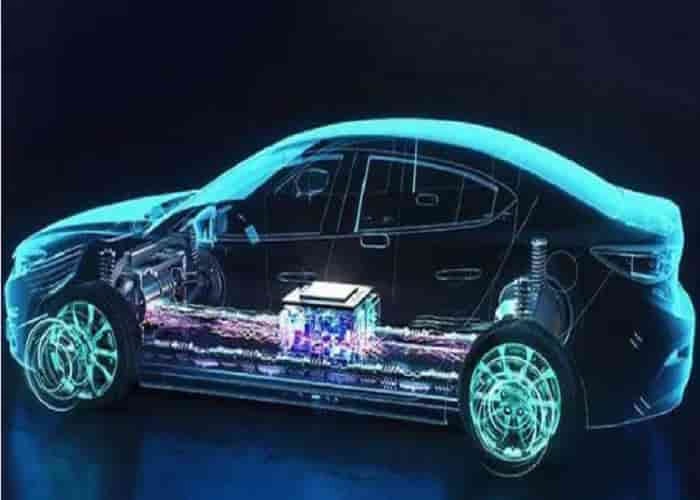

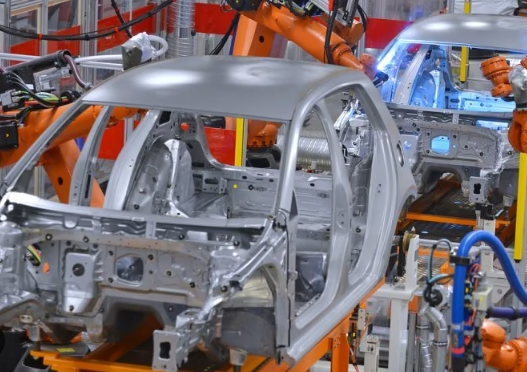
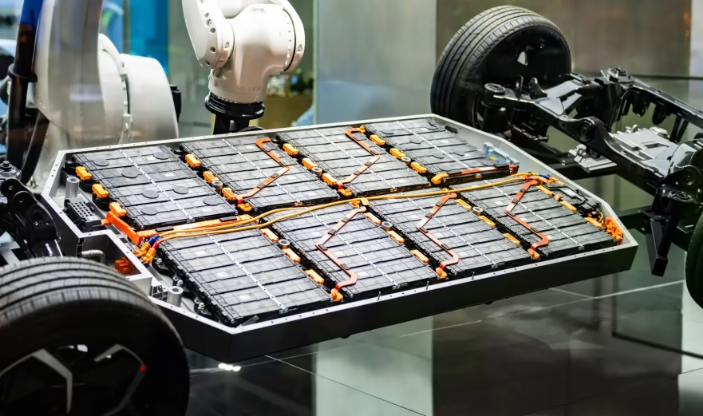
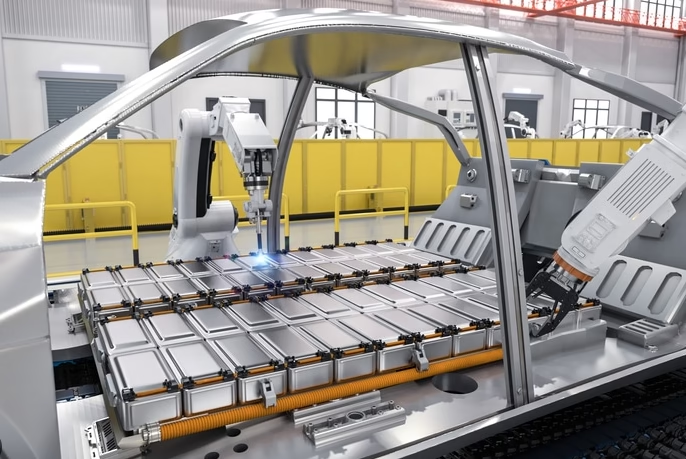
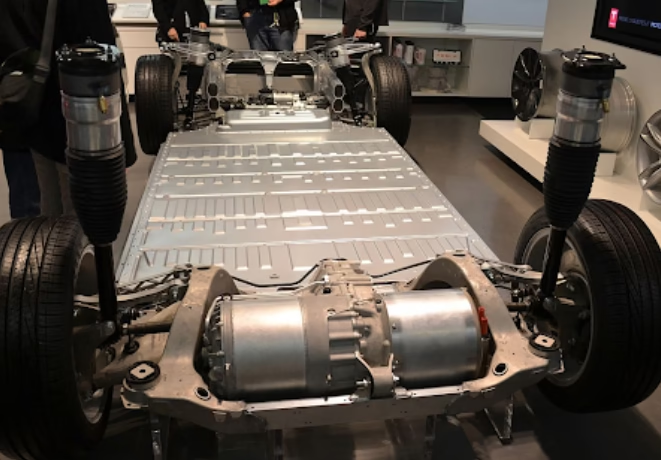
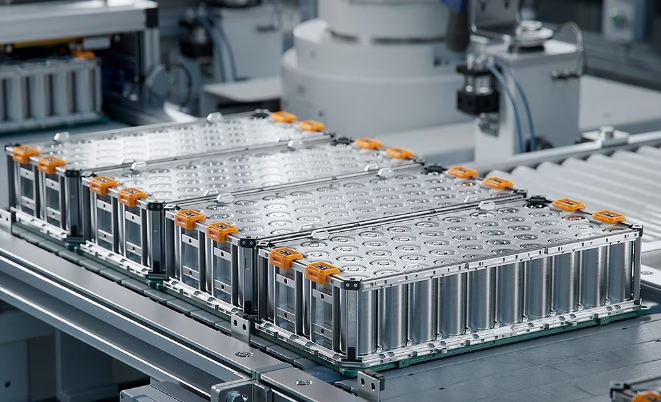


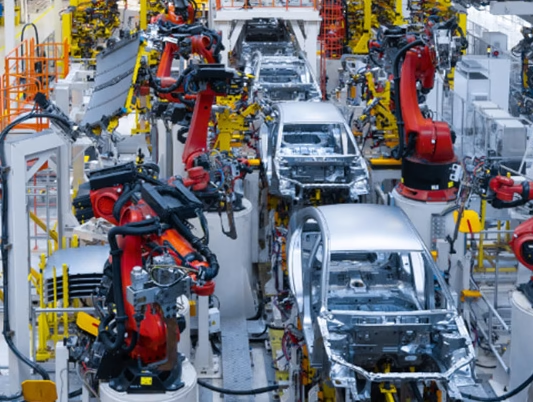





Leave a Reply